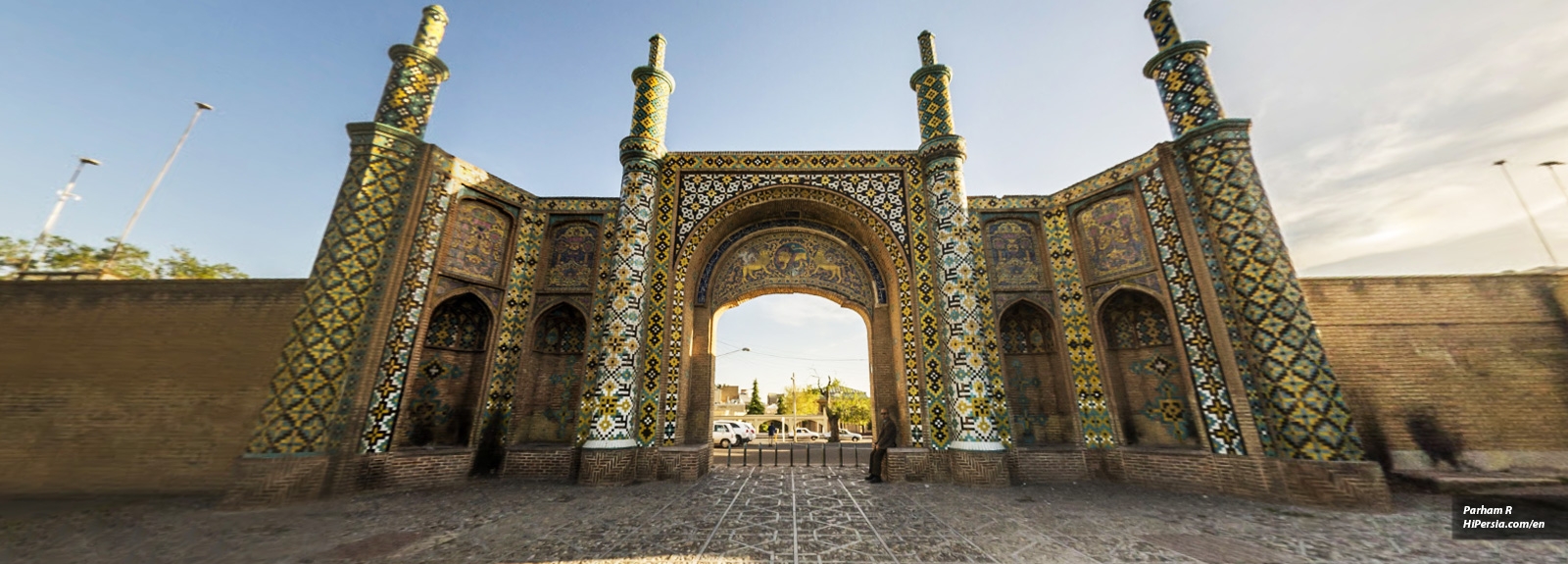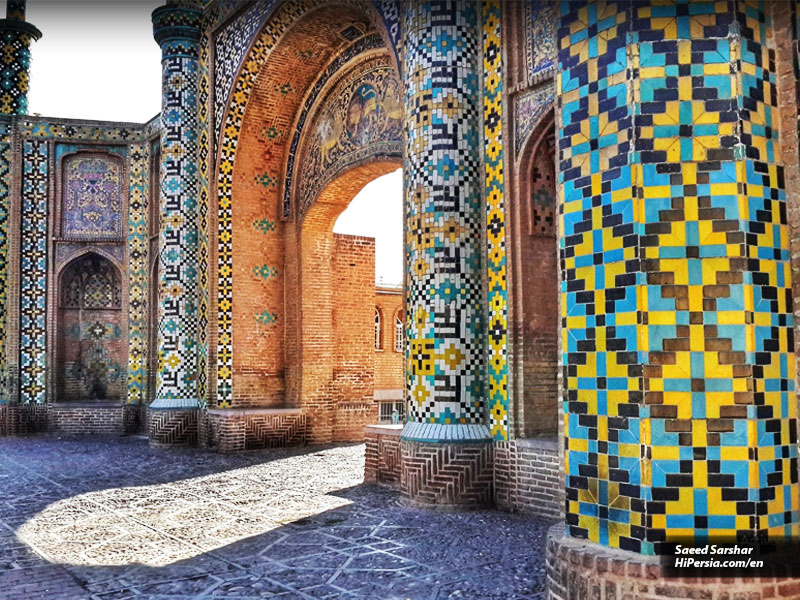



Darb-e Koushk is one of the oldest gates in Qazvin, which opens to Roudbar Alamout, pavilions and hunting grounds of Qazvin.
Qazvin is one of the historical cities of Iran that has many spectacular attractions, each of which is a reminder of different historical periods. To see the attractions of this city you need to take a few days and watch the various attractions carefully. If you want to make a trip to Qazvin soon, along with visiting the Ab Anbar, Chehel Soton Palace, Qazvin Bazaar, Jameh Mosque of Qazvin, Aminiha Hosseiniyeh and so on, be sure to visit the Darb-e Koushk.
In the old days, Qazvin was supplied with the walls and gates to be safe from the invaders. By the middle of the third century AH, there were seven gates that people used to go through the city. The number of these gates reached to nine during the Qajar period, which was linked by fences. But, what is left now are two gates, the Tehran Gate and the Darb-e Koushk. The Darb-e Koushk, a legacy of the Qajar period, is located in the north of Qazvin.

This gate opens to Roudbar Alamout, pavilions and hunting grounds of Qazvin. The entrance of Darb-e Koushk is semicircular. This magnificent gate is graced with an eye-catching tiled entrance portal, flanked by two minarets and adorned with arcades. The Darb-e Koushk has two facades. The one facing the city has no decoration and only a simple expansive brick. But, the outer part is full of beautiful decorations and tiling work. The other notable features of this gate are the varied paintings on the tiles that give it an extraordinary charm. In the right-hand column, there is a blue inscription on it with a fine line on it. If you look a little further at the arches of the gate, you will notice that they are not on the straight line.






“Oh! Squander not this breath that Heaven hath lent thee, Nor make too sure another breath to borrow!’” Khayam